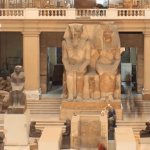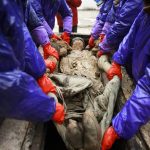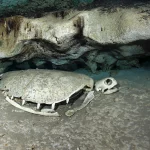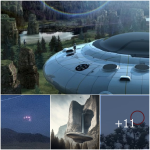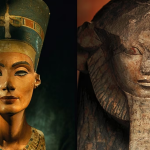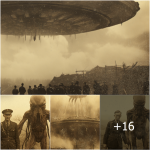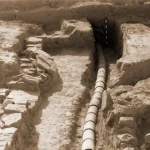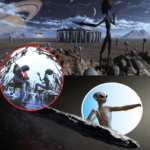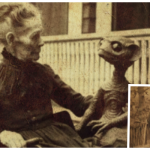Ancient Mysteries Revealed: Dragon Head Bracelets and a Child Skeleton Found in Van
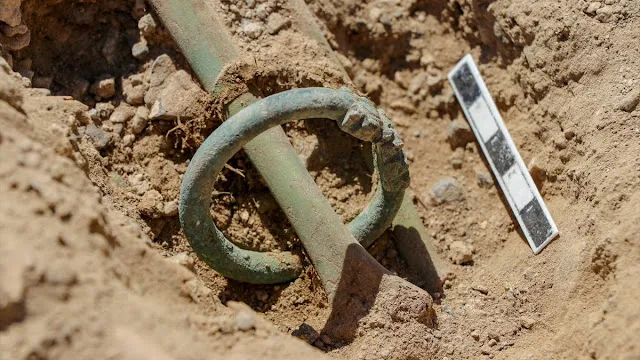
Excavations at the 2,750-year-old necropolis discovered three years ago near the Castle of Cavustepe in Gurpinar district of Turkey’s eastern Van province, continue to yield new information about Urartian burial customs and public life.
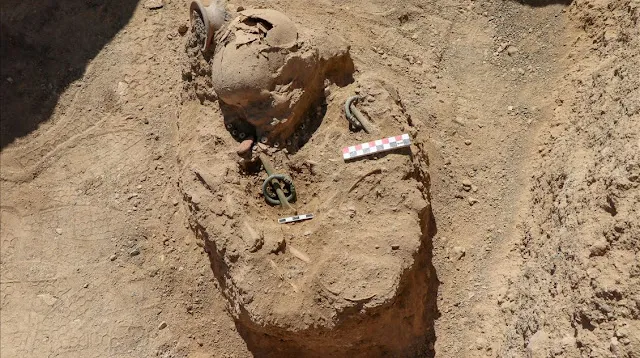
A team of 17 people consisting of anthropologists, archaeologists, sociologists, art historians and restorers from Van Yuzuncu Yil University (YYU) work in the excavations under the direction of Rafet Cavusoglu.
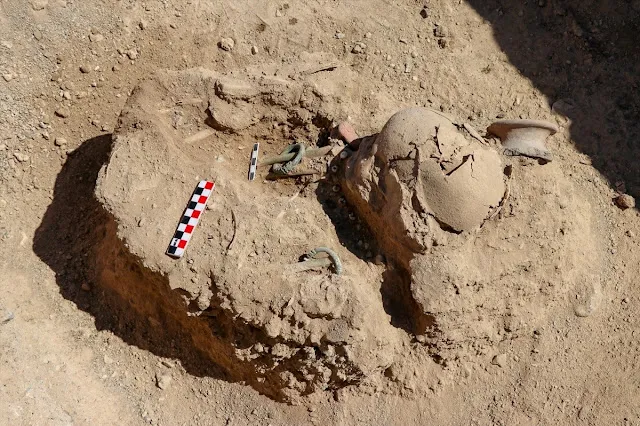
The necropolis was where the elite of Urartu who lived in the citadel built by King Sardur II of Urartu (r. 764–735 BC) were interred.
Archaeologists have unearthed several burials with large amounts of jewellery including silver necklaces, dozens of earrings, amulets, a solid gold lion brooch and a belt decorated with mythological characters.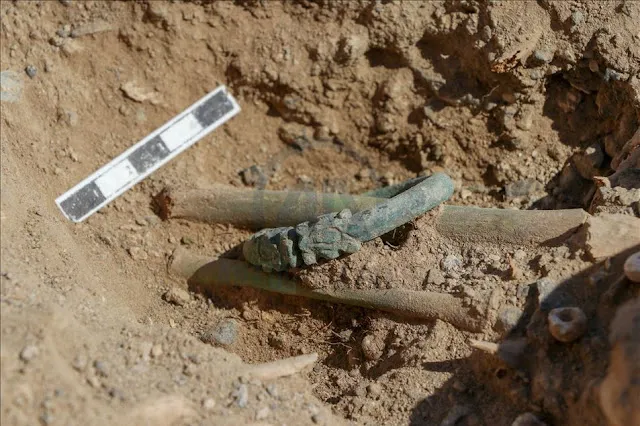
Among the more significant discoveries made last year was the grave of a small child, only three years of age at time of death, believed to have belonged to one of the Urartian aristocratic families.
The child was wearing finely-crafted dragon-headed copper bracelets which are unique finds in the region. Beads from a necklace, originally threaded on a now-decomposed string or leather cord, surrounded his neck. At the child’s head was a small ceramic bowl with food offerings still inside.
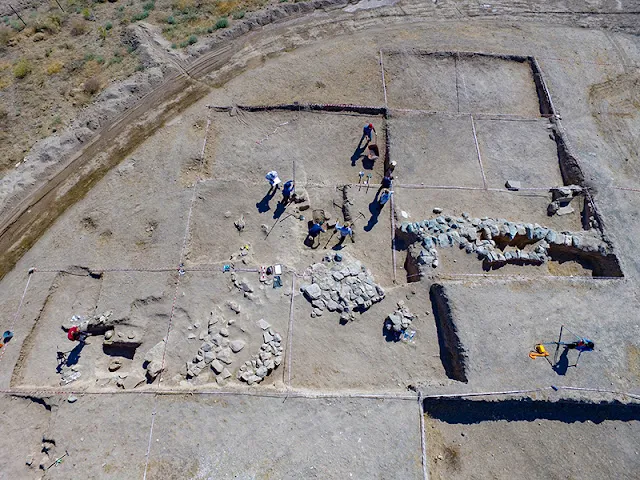
Explaining that they come across new findings every day in the necropolis area where excavations are concentrated, Cavusoglu said, “The place we call the necropolis remains a mystery. We are continuing our work to solve this mystery. As we excavate, we encounter new findings. This is the first time we encounter such a burial. It is the first time that we have come across bronze bracelets on the arms of a child”, he said.
Van, or Tushpa as it was then called, was the capital of the Urartian kingdom that ruled what is now eastern Anatolia from the 9th century BC until the early 6th century.
